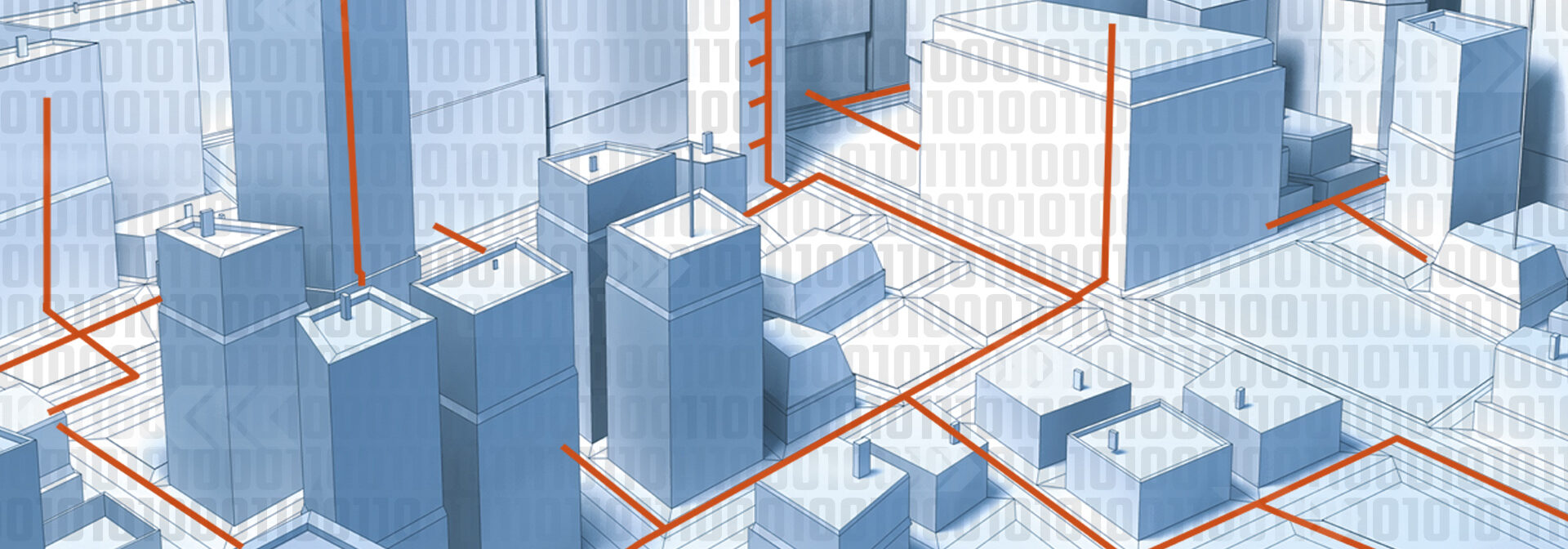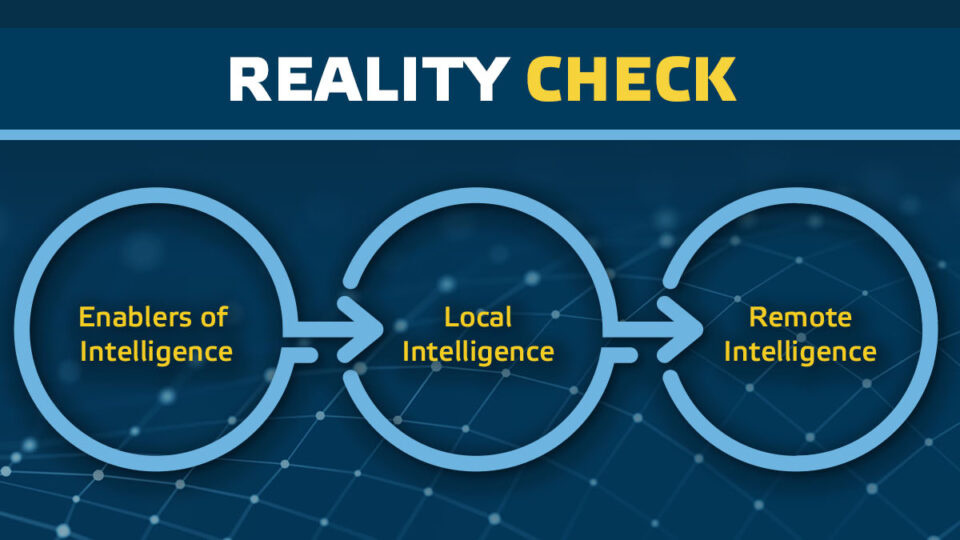
Evolution of Intelligent Field Devices in European Cable Television Networks
The 2020s are shaping up to be the era of intelligence within the cable industry. With the advent of new 1.8 GHz amplifiers, a remarkable window of opportunity opens for the integration of smart technology into cable network infrastructure. The introduction of intelligent features into the network offers operators a chance to enhance operational efficiency while ensuring top-notch subscriber services.
From Teleste’s perspective, this realm is already familiar, prompting us to take a moment to reflect on the journey of smart device development, which began through collaboration with both our team and our customers nearly 15 years ago.
Around the year 2007, the European cable television community experienced a notable surge in the outsourcing of field equipment installation responsibilities. This trend was primarily influenced by the practices of mobile network operators who had already been outsourcing similar tasks for quite some time, often operating within the same corporate groups as cable television operators.
The companies carrying out these installation services were generally not specialized in any particular technology field but rather engaged in a diverse range of assignments. One day, they might be setting up power lines, the next, working on mobile base stations, and yet another, undertaking upgrades on cable television network equipment. It didn’t take long for operators to realize that these subcontracting firms lacked the essential RF (Radio Frequency) expertise and appropriate measurement tools, leading to less-than-optimal installation quality.
This is where Teleste stepped into the picture. Operators began reaching out to us, recognizing the need to think differently about field equipment within device design. Our analysis led us to the conclusion that field-active devices, such as optical nodes and amplifiers, should incorporate intelligence to enable automated operations and reduce manual maintenance work.
Three essential elements came to the forefront: software, managed by microprocessors, RF payload measurement capability, and electronically controllable components, typically encompassing attenuators and equalizers. Initially, we were concerned about the reliability of microprocessors operating continuously for 15 or even 20 years in the uncontrolled temperature conditions of the field. To gain confidence in the solution’s reliability, we embarked on an extensive journey involving field tests, accelerated aging experiments, and extensive theoretical calculations of MTBF (Mean Time Between Failures) right from the project’s inception.
With the introduction of the DOCSIS 3.0 standard, a maximum upstream frequency of 1.0 GHz became the norm. By 2008, Teleste had almost fully prepared its 1.0 GHz HFC (Hybrid Fiber-Coaxial) product line, marking a significant milestone. These amplifiers and nodes were groundbreaking as they were the first intelligent network products capable of automatic adjustments during both normal operation and the installation phase.
Subsequently, our journey continued with the development of intelligent network products spanning various frequency ranges. With a remarkable track record of fifteen years, we can confirm that our initial worries regarding the durability of sophisticated smart devices in real-world conditions were unfounded. The insights gathered from our operator customers’ experiences, our ongoing design efforts, and substantial R&D investments have together culminated in a technology that empowers operators to maximize the benefits of the upcoming 1.8 GHz network investments wave.
Pasi Järvenpää
Pasi Järvenpää
I’m currently heading Teleste’s R&D. Together with our R&D teams we work everyday to build smart, safe, smooth and sustainable future. Please visit my LinkedIn for more information.



